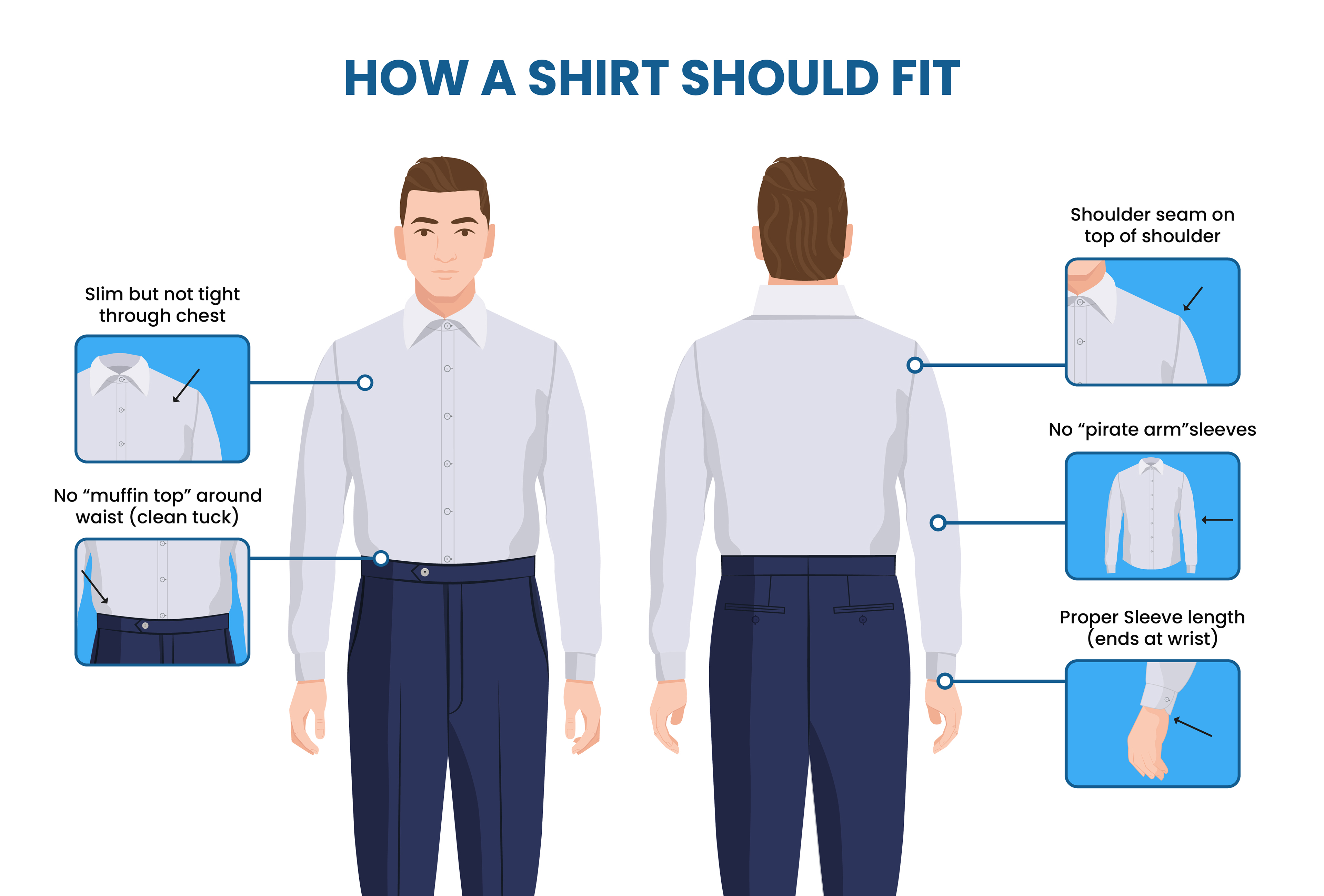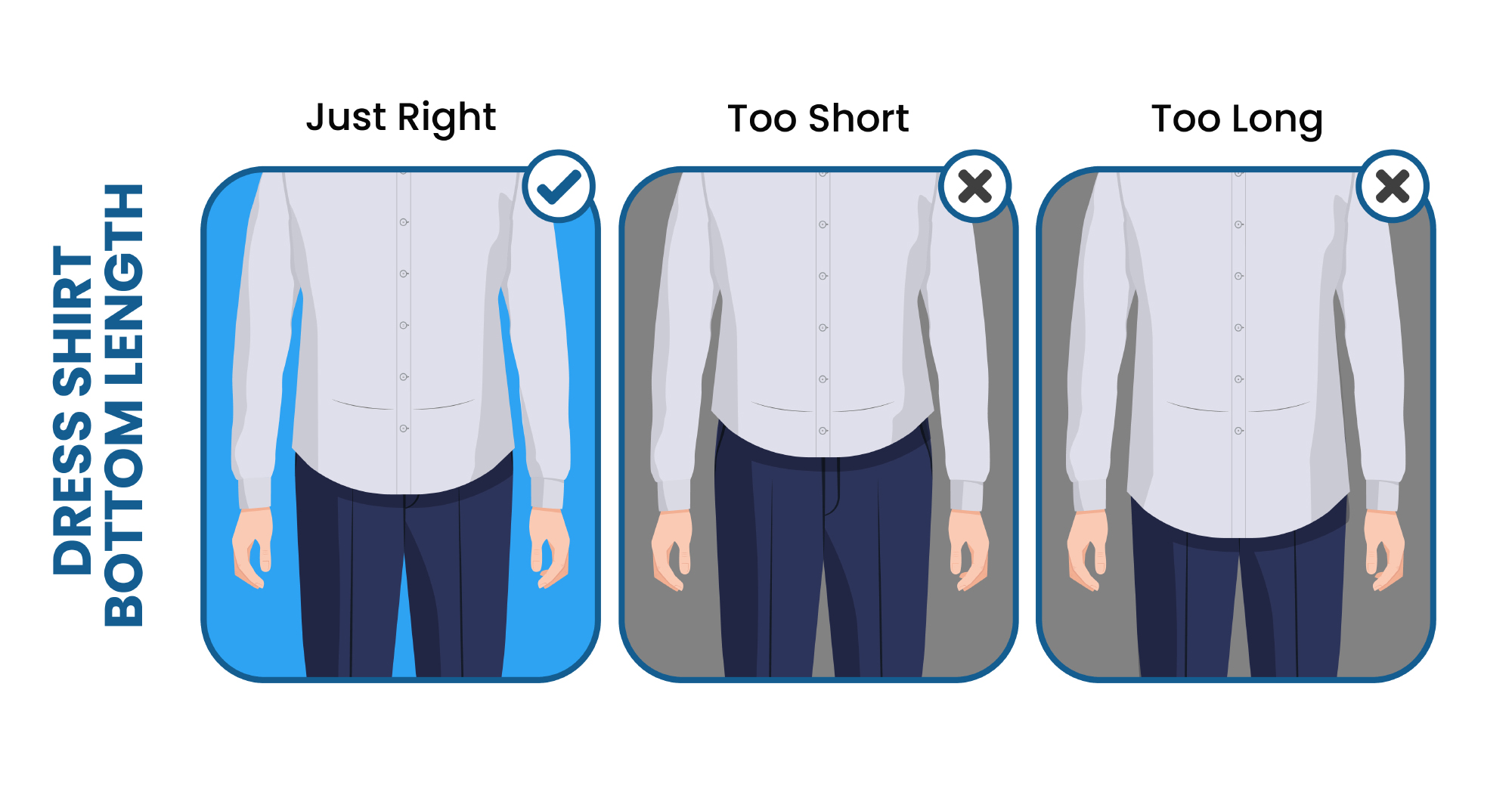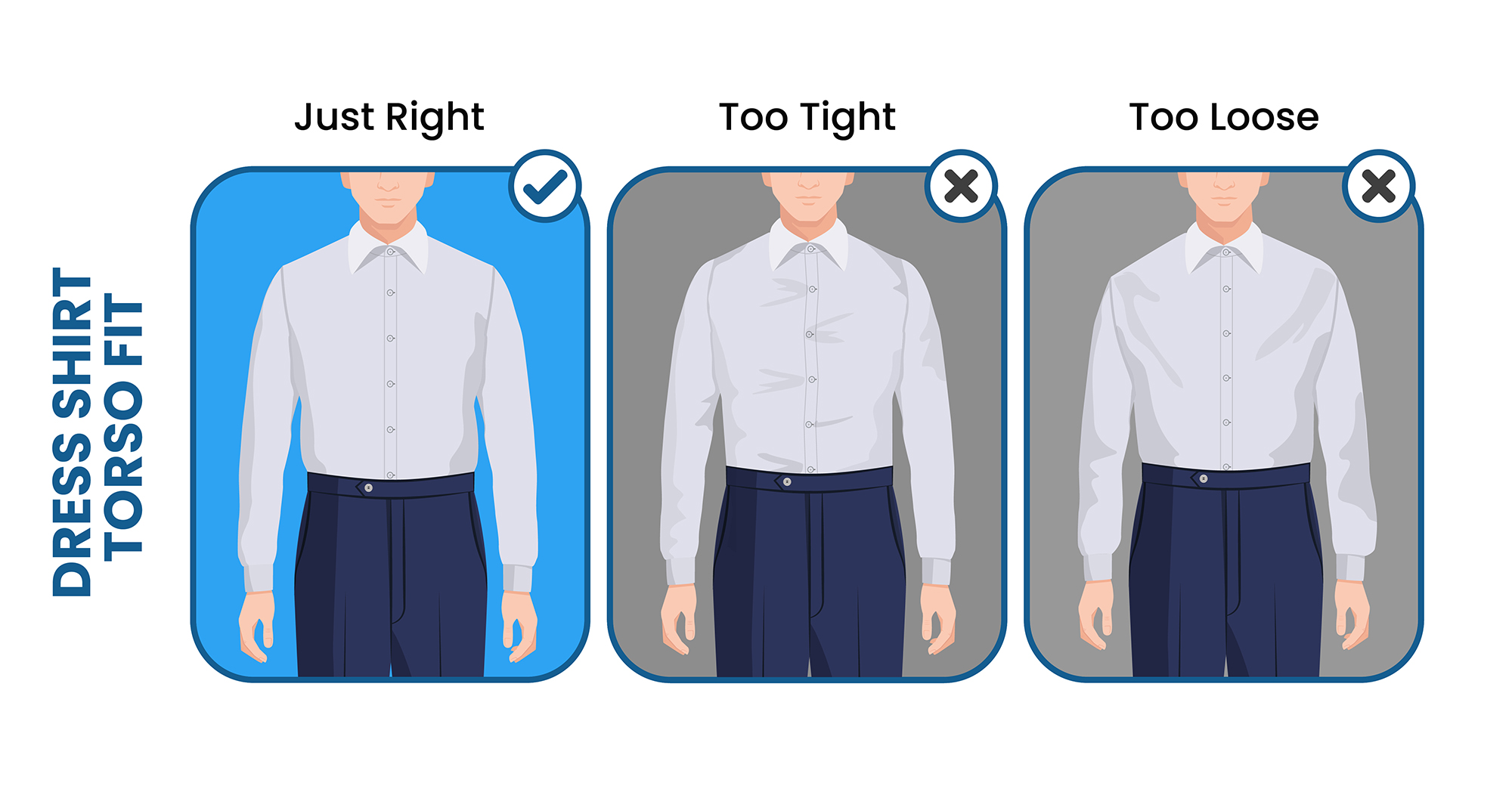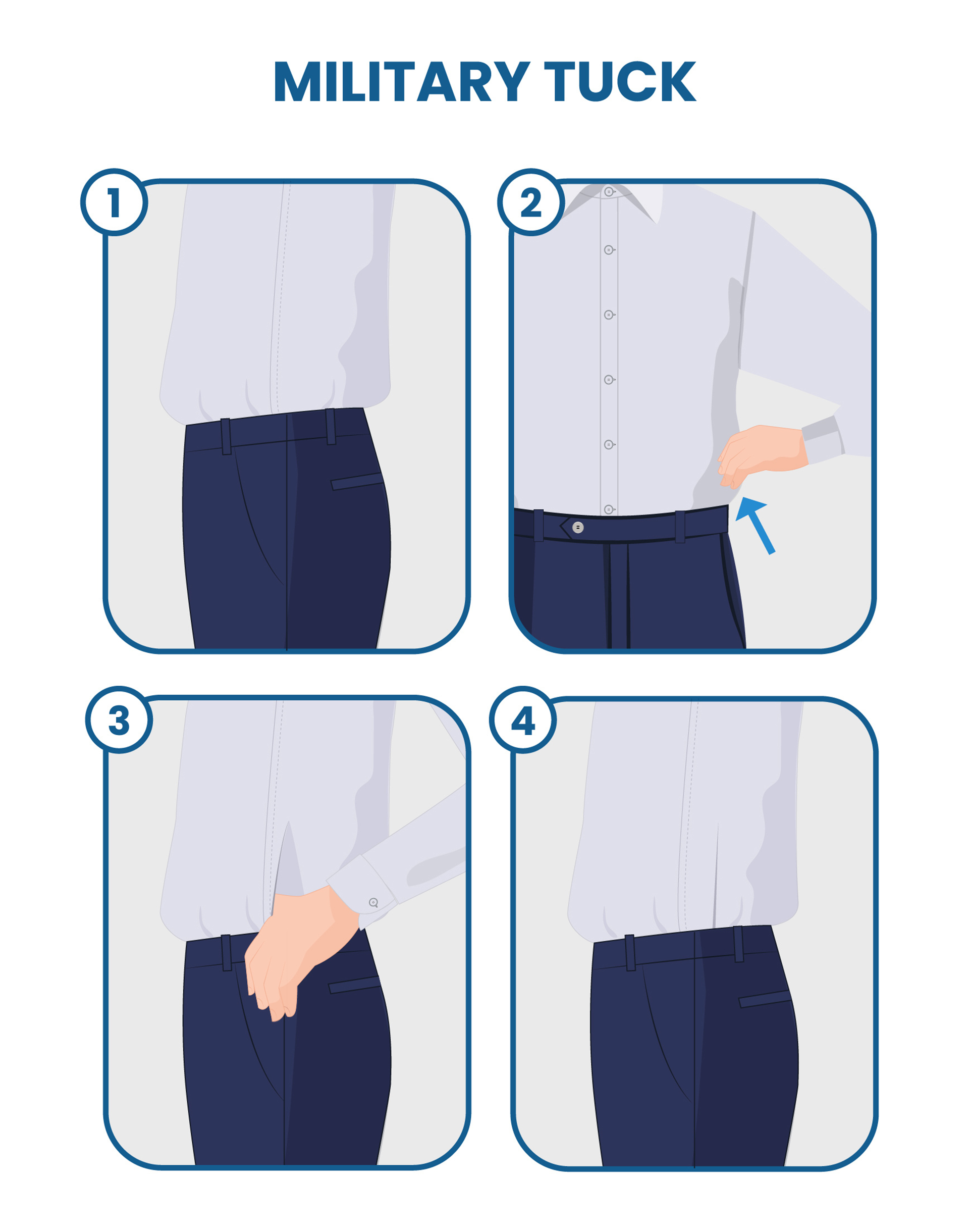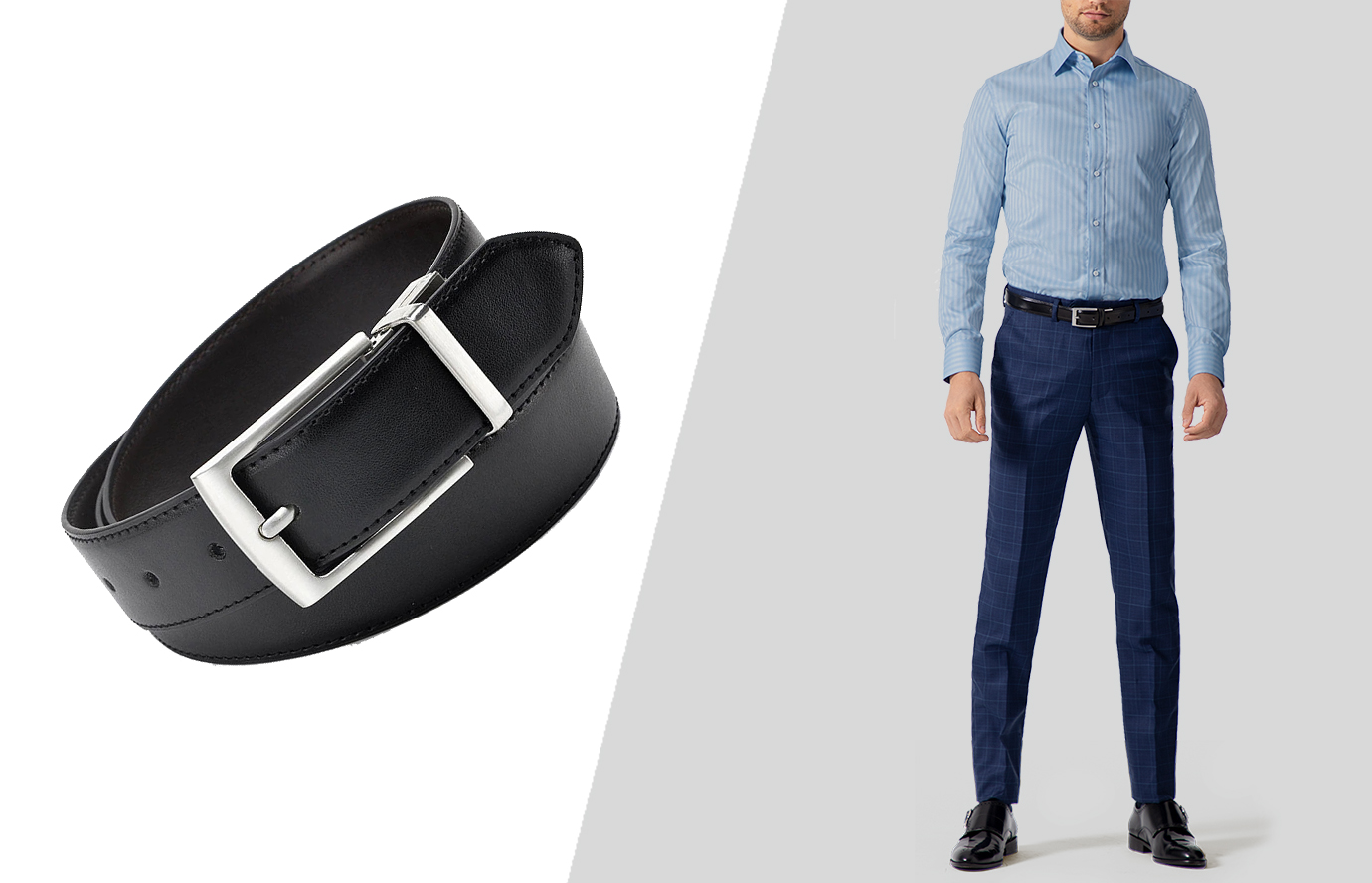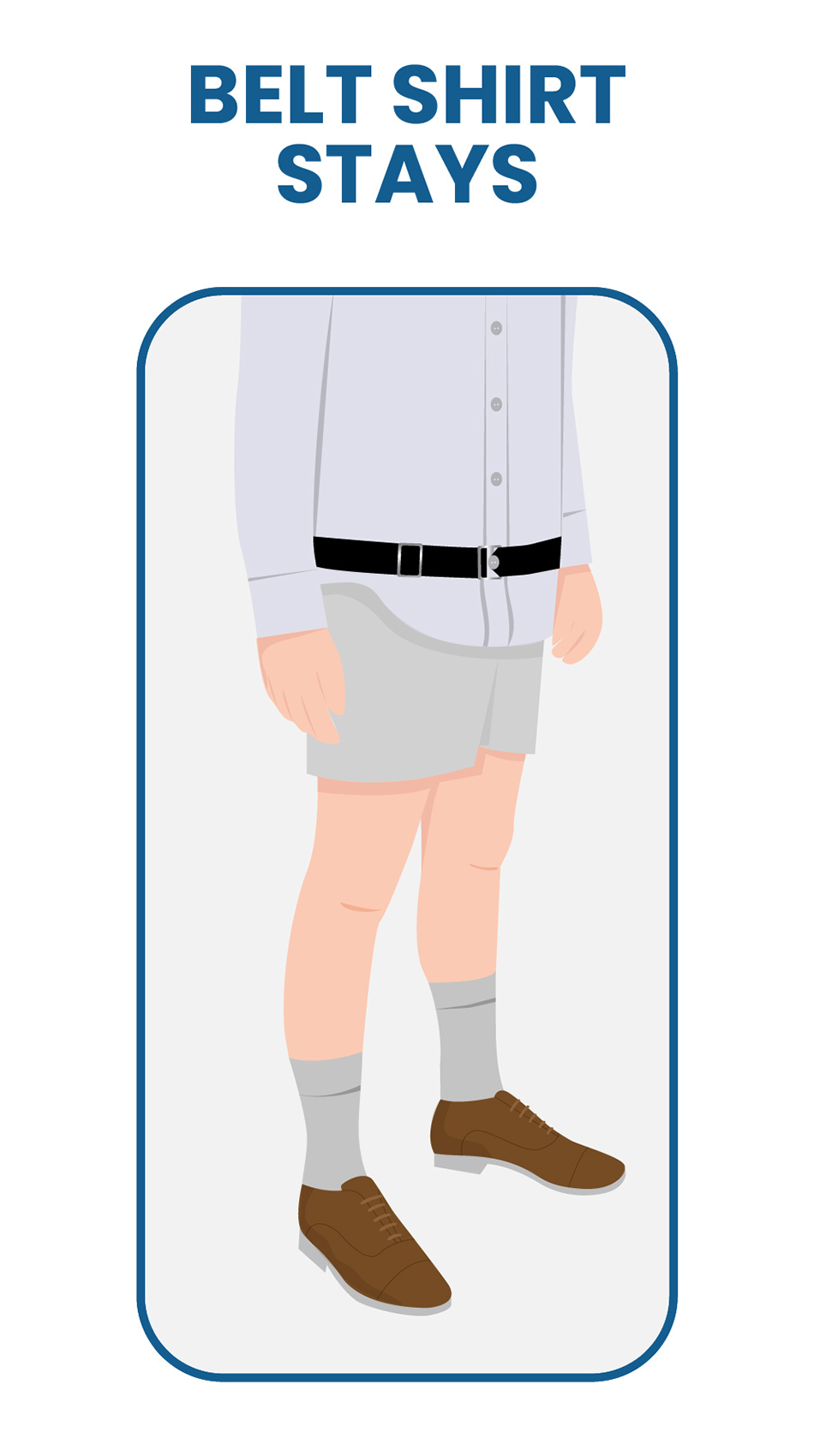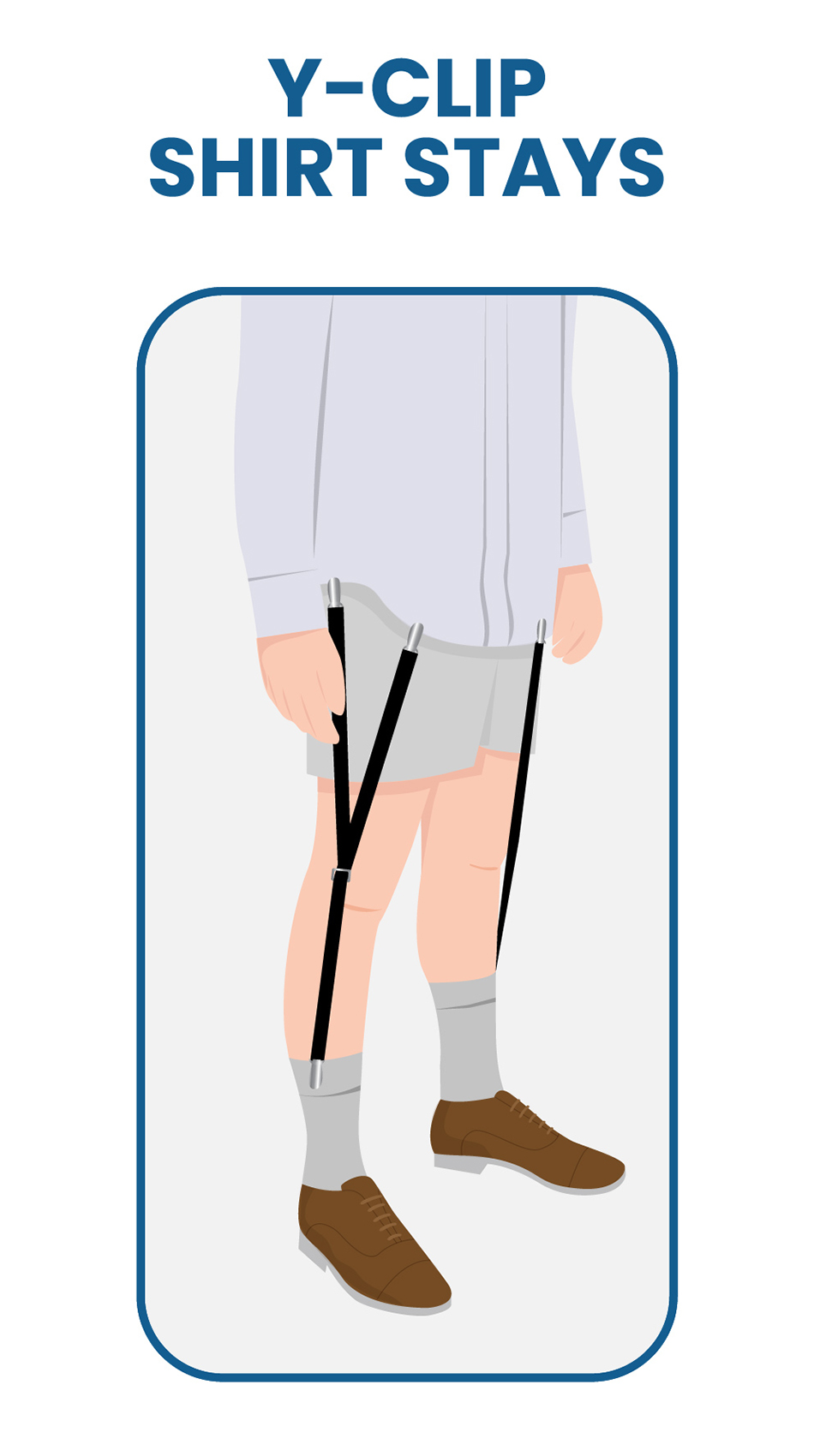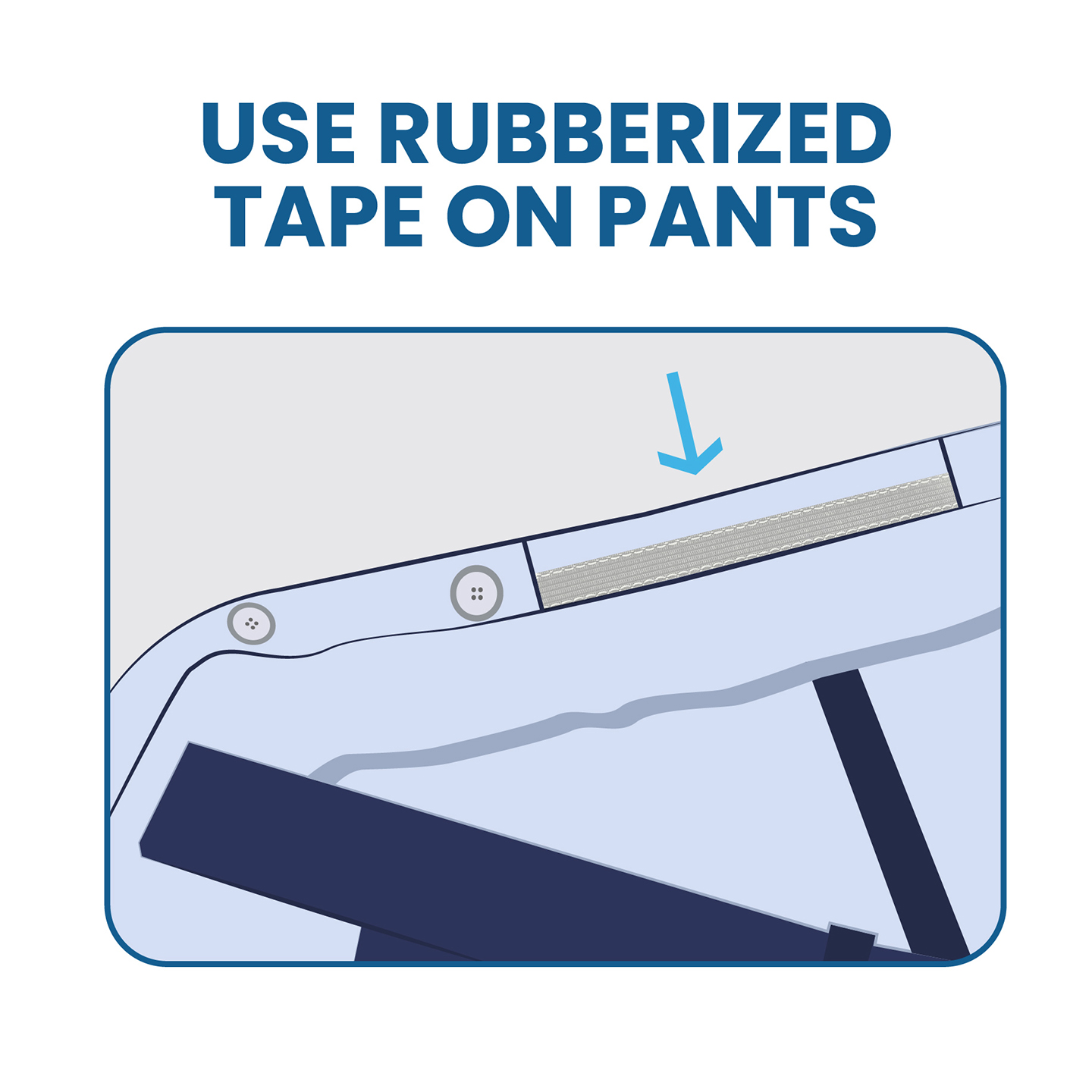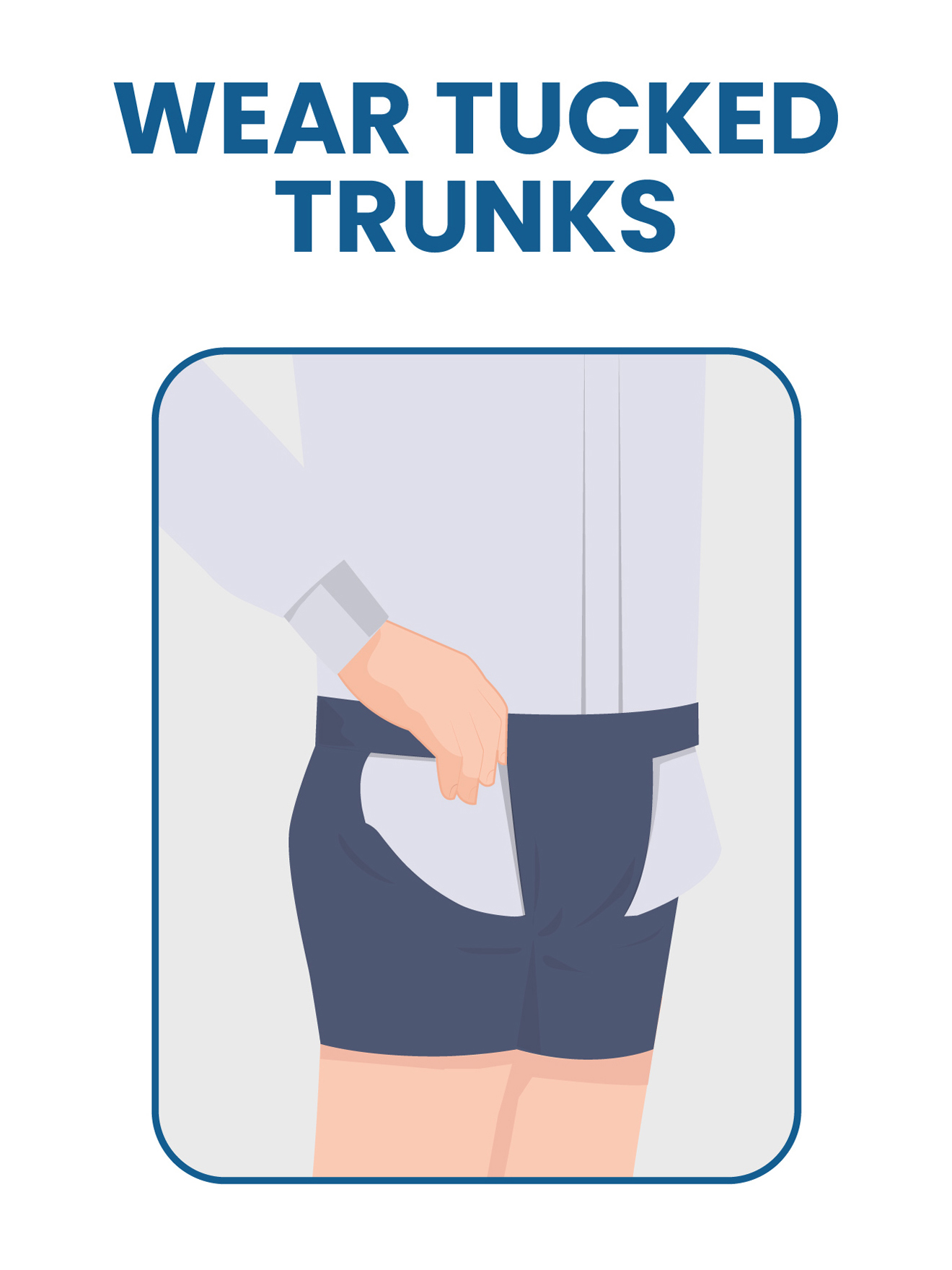Keeping your shirt tucked is one of the cardinal rules for a professional, put-together appearance.
Of course, nobody will take you seriously if you look like you’re falling apart, with your shirt tails flying out of your pants.
But what can you do if your darn shirt just won’t stay put?
Before resigning yourself to a life of looking like a mess, try these steps to pull your look together.
The Dress Shirt Should Fit Perfectly
If you’re finding it challenging to stay tucked in, you may want to start with a good examination of your dress shirt.
A well-fitting shirt cooperates with your tuck, while one that fits poorly doesn’t.
For example, if your shirt is too short, it will pull up and out every time you move your waist or torso. Sitting or bending can be the kiss of death for your perfect tuck.
To keep your shirt tucked in, it must be at least three inches longer than the waistline of your pants.
On the other hand, if your dress shirt is too long, you’ll find you have a bulky waistline from all that excess fabric.
On top of that, your surplus material has nowhere to go, so it will begin to creep upward, eventually becoming untucked.
Another essential element for a good fit would be your shirt’s sleeves and chest.
You need to ensure that the cut of your dress shirt allows you to move freely.
If the cut is too tight, it will restrict your movement, and as you fight against that tension, your movement pulls your shirt out of your pants.
Proper Shirt Tuck In – The Military Style
There isn’t exactly a wrong way to tuck in your shirt, but the right tuck works harder than just stuffing your shirt into your trousers. Enter: the military tuck.
Ok, so “stuffing your shirt into your trousers” is where you start for this method, but then you clean it up and perfect it. Before you do up your trousers:
- Grab the loose shirt fabric at the side seams.
- Fold this section back over itself, pulling the material as tightly as you wish.
- Quickly button up your pants.
The military tuck gives your dress shirt tight lines and a clean look. It works so well because it keeps the shirt fabric even all the way around your waist, evenly spreading it out.
Wear a Belt to Keep Shirt Tucked In
Though you shouldn’t need to rely on a belt to hold your pants up, employing one to help you hold your dress shirt in place is perfectly acceptable. Who knew belts had more than one use?
Once your shirt is well situated, with the buttons lined down the center, tighten your belt, so it’s comfortably fitted.
The added constriction leaves less wiggle room for your shirt to come free. The belt holds your pants tightly pressed to your shirt, keeping it pinned in place.
And a belt is the perfect opportunity to accessorize!
Use Shirt Stays to Keep Dress Shirt in Place
Shirt stays are an excellent backup plan for when you can’t risk even the hint of sloppiness with your outfit.
They may feel weird at first, but because they come in several styles, you can find one you’re most comfortable with.
The shirt stays work by creating tension or friction with your dress shirts.
This may bring you more peace of mind and confidence as you step out for your big occasion.
Belt Shirt Stays
The concept of the belt shirt stay is that it’s precisely like it sounds: a belt, but one that’s kept out of sight.
This secret belt sits under your pants, on top of your dress shirt. The belt is a strap of elastic or rubber that you wrap around your hips over the hem of your shirt.
You need to place the belt lower than your trouser waistline, but it must also be high enough that your leg movements won’t disturb the belt, causing it to move.
Some styles have a buttonhole to attach to the bottom button on your dress shirt for extra security in keeping it in place.
Clip/Stirrup Shirt Stays
The other popular variety for shirt stays involves elastic and clips. There are three main versions – straight, stirrup, or garter.
These shirts stay directly clipped to your shirt hem with anywhere between one and four clips; the other end gets pulled snugly down by the tension in the elastic.
Straight shirt stays clip to the top of your socks, and a stirrup shirt stay extends the elastic all the way underneath your foot while garters wrap around your upper thigh.
Other Tips to Keep Shirt Tucked In
You’re in luck if you are still searching for solutions to keep your dress shirt tucked. There are many ideas for solving this problem.
If wearing shirt stays is unappealing to you, don’t despair. You can still find a product that will assist you in a proper tuck.
Use Rubberized Tape on Pants
Have you ever noticed how rubber seems to catch onto fabric? Use that to your advantage so your shirt can’t slip out of your pants.
Instead of attaching extra hardware to your shirt, try incorporating some help directly onto your pants.
For example, you can add a strip of rubber grip tape to create friction to hold your shirt fabric tightly.
Rubberized tape is simple to attach yourself to the inside of your trouser waistband.
However, you could also ask your tailor to take care of it for you. Most made-to-measure pants already come with a strip of rubber inside, too.
Wear Tucked Trunks if Everything Else Fails
Here’s a novel idea; put your boxer briefs to work in keeping your shirt in place. These underpants are made with your shirt tuck specifically in mind.
These unique undies have two waistbands. You tuck your shirt tails under the top band, which also is backed with rubber.
This locks your shirt in place and has a security button for good measure. These briefs allow the movement you require for comfort but prevent your shirt from untucking.
Hi, I’m Alex, and I’ve studied and specialized in styling in Rome. Through my writing, I want to help men dress well and learn the purpose and significance of suits and other formal attire. My final goal is to make men more confident in their wardrobe choice and life in general.

